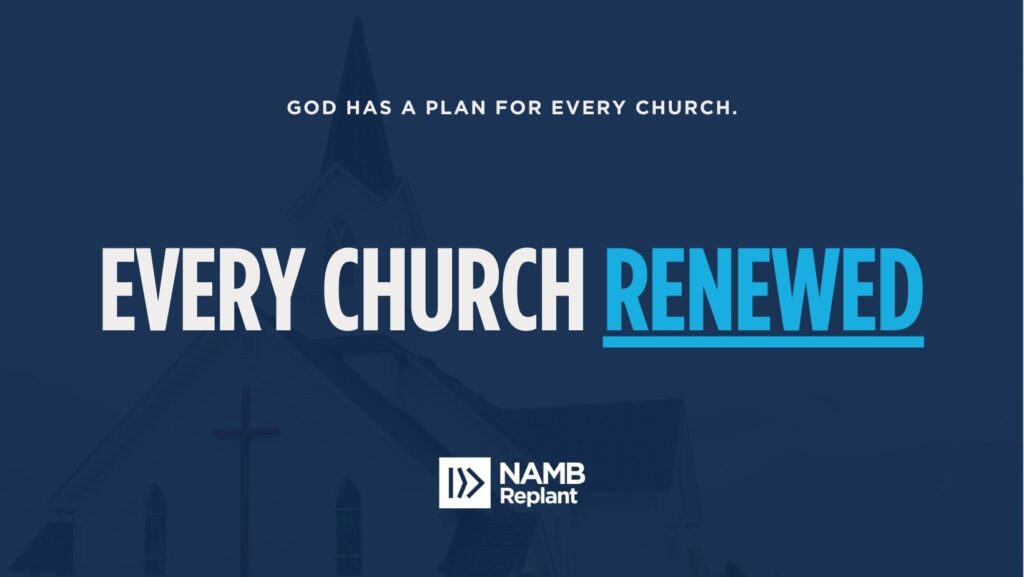Kansas and Missouri. Two states that have rivaled one another since the Civil War. This rivarly has carried over into college sports with the famed Kansas Jayhawks and Missouri Tigers. When I became the Pastor at Leawood Baptist Church in 2015 I found myself at a church that sat in the state of Kansas by 100 feet as the church is located right on the Kansas/Missouri state line. In fact the address of the church is on State Line Rd.
What is interesting about the location of Leawood Church is that to our immediate west on the Kansas side is an area known as Old Leawood. The price of homes in this area has grown astronomically in the past 20 years. Many of the people that live in Leawood are doctors, lawyers, successful business men and women, and contains one of the best school districts in the state of Kansas.
Across the state line to our east is Kansas City, Missouri and an eclectic neighborhood called Waldo, where we live. Waldo is a blue collar, racially diverse, and in the well documented struggling Kansas City Missouri School district.
As I found myself pastoring in a city that I love and grew up in, I’ve had to ask the question to myself, “How in the world does our church reach people on both sides of the state line?” By asking this question, spending time in prayer, researching our demographics, and just simply spending time in the community I have learned three things about mission in understanding the context of a church replant.
What Matters to Your Community
No matter a person’s financial or social status everyone has core values. As you seek to lead your church in mission you must find out what is important to the people in your immediate context. As the core values of the community are found out then the local church can target its strategies to what registers with the people in the area.
For example for us at Leawood we are surrounded by people that care deeply about their kids. One of our greatest ministries is our Preschool/Parent’s Day Out ministry. Three days week we have over 80 kids from 6 months to 4 years old using an entire wing of our building. Our church has had this ministry on going for almost 20 years but for the first time in our church history we are actively seeking to reach the families this ministry serves and we are formatting the ministry to disciple these kids.
We also are working to build a Sunday morning children’s ministry that seeks to be a resource for parents and to share Jesus with their kids. I often tell our church family at Leawood that kids are a priority here and we must go above and beyond in ministering to these families.
Other ways we have reached out to the community include: back-pack giveaways, Fall Festivals and Easter Egg Hunts, Soccer Camps and simply walking our neighborhoods and asking people how we might pray for them.
The Gospel is Central
The gospel transcends all barriers be they cultural, demographic, or economic. I firmly believe that there is not a clever or creative enough pastor who can devise strategies which meet every need in their community. Not to sound overly simplistic but there is a need that every single person in any context needs and that is Jesus. Therefore every outreach to the community in a church replanting context must be gospel centered.The Gospel message differentiates the church from other community organizations. In a Replant this truth must be communicated constantly. There may be a temptation for those who have been in the church for a long time to think, “Let’s do good things for the community” and equate that with mission. That’s not mission, it’s charity or social work.
Mission enables change
Gospel-centered mission is the spark that can ignite change and more change in a church replant. As the church begins to see new people trusting Christ and as lives are transformed, change can be more readily accepted. Good leadership requires good communication and leaders who lead change know that highlight missional wins helps existing church members grow more accepting of change that facilitates the fulfillment of the mission. Resistance to change is common, we experienced that in our church. When our people began to understand that the changes we were making were connected to mission, and that those changes led us to seeing the mission fulfilled, they became more accepting of a shift in direction.
When a church replanter can discover what is important to the community marry that with gospel-centered mission, and communicate the mission to the church, it sets the stage for impacting the community for the Christ.
Published March 28, 2017


